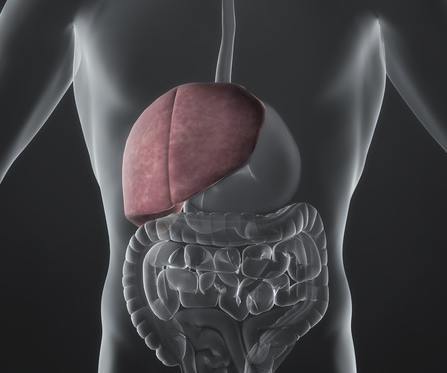ALD or Alcoholic liver disease refers to liver damage due to excessive and prolonged alcohol consumption. This can manifest as alcoholic hepatitis, cirrhosis of the liver or fatty liver disease. The damage to the liver can start with fatty liver and this may progress to alcoholic hepatitis before reaching the final stage, which is cirrhosis. Fatty liver disease occurs as a result of acute alcohol ingestion and such a condition can be reversed by avoiding the consumption of any alcoholic beverages.
The functions of the liver may not deteriorate due to fatty liver disease, but there are abnormalities that can be detected when one goes through a blood test. Alcoholic hepatitis, on the other hand, often occurs in individuals who drink heavily or regularly for a long period. The symptoms of the condition can be mild or life threatening. Alcohol abstinence can be helpful for the recovery of the affected individual but if the drinking problem continues, this can increase the risk of developing liver cirrhosis.
Cirrhosis of the liver is characterized by the formation of nodules in the liver. Too much alcohol consumption can lead to damage to the cells of the liver, inflaming the liver and causing severe damage. Jaundice may develop and bleeding or bruising can be experienced due to the abnormalities with the clotting of blood. As the condition progresses, the liver becomes incapable of carrying out its normal functions, leading to liver failure. Knowing the signs of alcoholic liver disease is extremely important in order to obtain immediate medical help.
Common Causes of ALD
The amount of alcohol consumed and the time from when one started consuming alcoholic drinks play a huge role in the development of the condition. Bear in mind that the longer and higher amount of alcohol consumed can also increase the risk and the severity of alcoholic liver disease. Apart from that, there are genetic factors that can be considered as one of the primary causes of the condition as well. If the family has a history of ALD, individuals with the same genes are more susceptible to developing the condition.
Signs and Symptoms of ALD
Fatty liver disease is difficult to detect. Individuals suffering from this condition can be either asymptomatic or symptoms can be shown, but they are non-specific. There are times when the liver may appear slightly enlarged or smooth, but rarely tender. It should also be noted that fatty liver disease is not due to excessive alcohol consumption alone, as it could also be due to insulin resistance, malnutrition and obesity.
As for alcoholic hepatitis, the symptoms normally vary from a wide spectrum of the condition’s severity. It could cause non-specific symptoms, such as distension and abdominal pain, nausea, vomiting and weight loss. Physical symptoms, on the other hand, may include jaundice, ascites and fluid accumulation in the abdomen. Severe symptoms may also be present and these may include encephalopathy, which may result to liver failure and general brain dysfunction. There are some individuals who may develop acute viral hepatitis due to the condition as well.
Alcohol-induced liver cirrhosis is sometimes difficult to differentiate from cirrhosis conditions that are due to other factors. General cirrhosis symptoms can be seen due to alcohol-induced cirrhosis and these may include hypertension, jaundice and visceral bleeding. Some individuals may also suffer from pruritus. There are non-specific symptoms that can also be experienced during the early stage of the condition, such as dry mouth, loss of energy, fatigue, mental confusion, lightheadedness, attention deficit, loss of appetite, reddishness of the hands and feet, and slow lethargic movement.
Alcoholic Liver Disease Treatment
Abstinence from alcohol is considered as the best way to reverse fatty liver conditions and prevent it from developing to ALD. Apart from that, it is also necessary to follow a nutritious and well-balanced diet in order to keep the liver healthy or to restore its health. To speed up the recovery of the liver, the diet should be rich in foods containing vitamin B. In the case of cirrhosis and alcoholic hepatitis, avoiding the consumption of alcohol can be extremely helpful. Consulting a physician for the proper diet and nutritional supplements can also be beneficial.
For advance ALD conditions, certain medications can be prescribed, such as the consumption of diuretics to alleviate ascites and fluid buildup. There are other medications that may also be prescribed to control the symptoms and complications due to the condition, such as lactulose and beta blockers. In case the deterioration of the liver functions continue, a liver transplant might be necessary. However, various treatment options should be discussed with the physician to determine which is the most suitable depending on the overall condition of the patient.
Reduce Your Risk of Alcoholic Liver Disease
Take note that uncontrolled alcohol consumption has great effects on the liver and it can be extremely bad for an individual’s overall health and well being. When the signs of alcoholic liver diseases or ALD come to surface, this could be an indication that the condition is already in its advance stages. To prevent the development of ALD, it would be best to drink in moderation or to avoid the consumption of alcohol. Bear in mind that apart from ALD, excessive alcohol consumption may also result in various conditions, including obesity.

